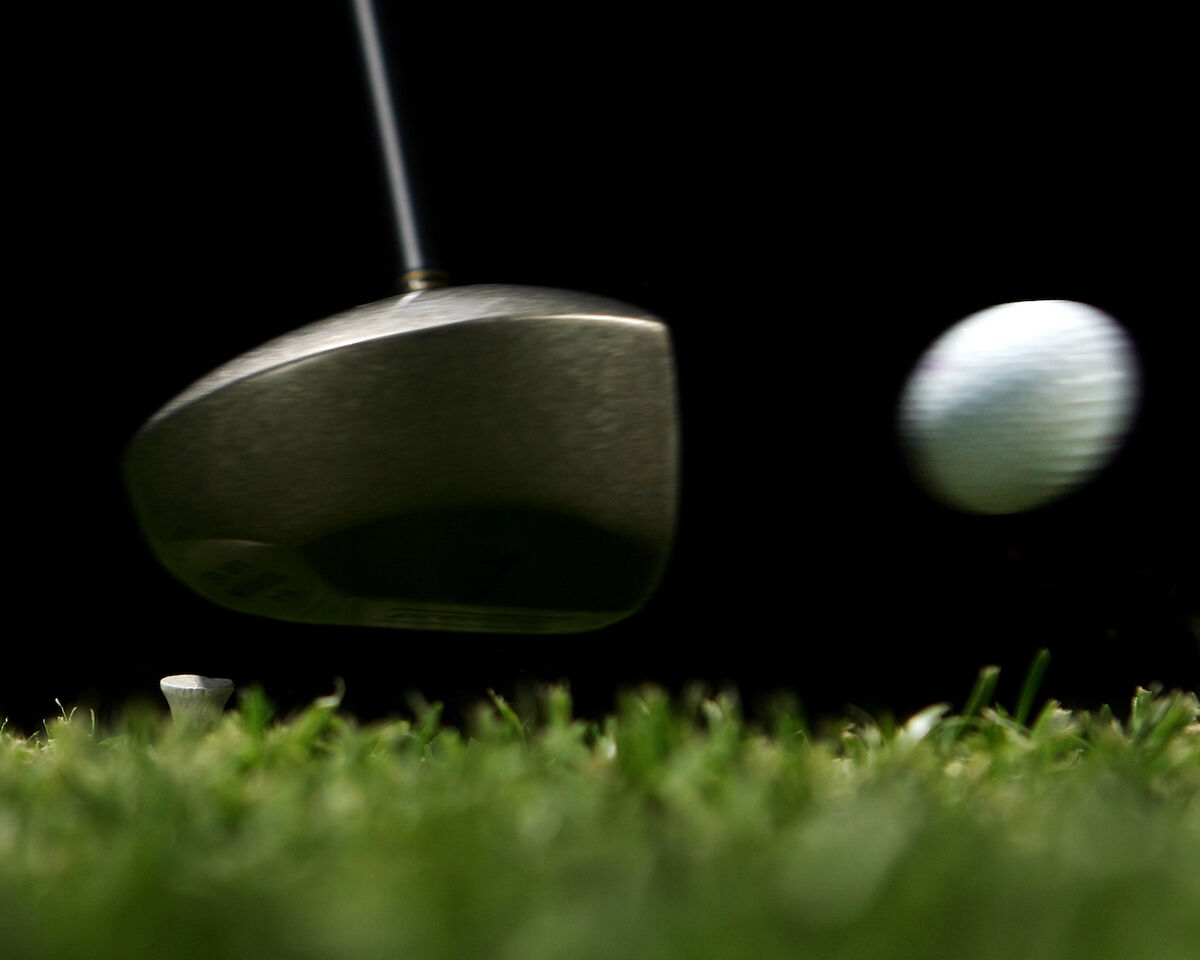What Is Golf Ball Compression and Does It Actually Matter?

Simply put, golf ball compression is a rating of how much force is required to achieve the appropriate amount of compression at impact. The lower a golf ball’s compression rating, the less force is required to compress the ball properly, and the higher the compression rating, the more force is required to compress the ball. But there’s a lot more to golf ball compression than that, so let's take a closer look at golf ball compression and how it impacts your game.
Golf Ball Compression
We’ve established that lower compression golf balls require less force to compress than high compression balls. But what does that mean for you? On the surface, it means that the slower your swing speed, the lower the compression ball you should be playing.
RELATED: Soft vs. Hard Golf Balls: How To Choose the One for You
Players who swing their driver 105 MPH and faster should play a high compression ball, one with a compression rating of 90 or higher. As those swing speeds drop into the mid-90s, a medium compression golf ball, one with a rating around 65-90, is more appropriate. If your driver swing speed is lower than that, somewhere in the 80s or low 90s, consider a low compression golf ball, one with a compression rating under 65.
Golf Ball Compression and Distance
Because less force is required to compress a ball with a low compression rating, low compression balls help players with slower swing speeds maximize their distance. Essentially, they can compress the ball the same amount as a player who swings faster but plays a firmer ball.
How Compression Influences Spin Rate
Generally, the higher compression rating a golf ball has, the less it will spin. Golfers with slower swing speeds can enjoy some added distance with a low compression ball, and may also benefit from a ball that’s easier to launch because it spins more.
Increased spin, however, is a double-edged sword. More backspin for easier launch can be great, but increased side-spin can lead to more slices and hooks, missed fairways, and even penalty strokes. Medium compression balls offer the best blend of distance and a straight ball flight, so if your swing speed doesn’t require the distance-adding benefits of a low compression ball, and you want to hit it straighter, consider a medium compression ball.
Golf Ball Compression vs. Swing Speed Chart
To determine which compression ball you should use, find your driver swing speed on the cart below. For recommendations of balls that fall into each compression category, use the charts below. These are a great guide to get you started, but when you’re searching for the best golf ball for your game, it’s always smart to experiment with various options on the course to see which one actually performs the best.
Driver Swing Speed | Ideal Compression Range |
105+ MPH | High (90+) |
95-104 MPH | Medium-High (70-90) |
85-94 MPH | Low-Medium (50-70) |
Up to 85 MPH | Low (35-65) |
High Compression Golf Balls (90+)
If your swing speed calls for a high compression golf ball, here are some of the models you should consider. If your current ball is not on this list, check the manufacturer's website to find its compression and make sure it fits your swing.
Brand | Model | Compression |
Titleist | Pro V1 | High (100) |
Titleist | Pro V1x | High (108) |
TaylorMade | TP5x | High (97) |
Srixon | Z-Star | High (90) |
Srixon | Z-Star XV | High (102) |
Cut | DC | High (105) |
Medium Compression Golf Balls (65-85)
If you have an average swing speed, you have the opportunity to play a ball that is optimal for both distance and accuracy with a medium compression ball. These are some examples of medium compression golf balls on the market today.
Brand | Model | Compression |
Callaway | Chrome Soft | Medium (75) |
Callaway | Super Hot 70 | Medium (70) |
TaylorMade | TP5 | Medium (85) |
TaylorMade | Project (a) | Medium (70) |
Titleist | Velocity | Medium (65) |
Srixon | Q-Star | Medium (72) |
Low Compression Golf Balls (35-60)
For a distance boost with a slower swing speed, consider playing a low compression golf ball. You may even notice these balls launch into the air easier, but you could also experience some additional unwanted side-spin.
Brand | Model | Compression |
Bridgestone | e6 | Low (50) |
Callaway | Supersoft | Low (35) |
Noodle | Long and Soft | Low (34) |
Pinnacle | Soft | Low (40) |
Srixon | Soft Feel | Low (60) |
TaylorMade | Kalea | Low (60) |
Titleist | TruFeel | Low |
Vice | Drive | Low (50) |
Wilson Staff | DUO Optix | Low (29) |
Conclusion
Whether you are a beginner, senior golfer or a competitive amateur, playing the best golf ball for your game is a huge step in shooting the lowest scores you’re capable of. Using the right compression for your swing speed will help you maximize your distance and accuracy, which will leave you with easier approach shots, more greens in regulation, and better scores.